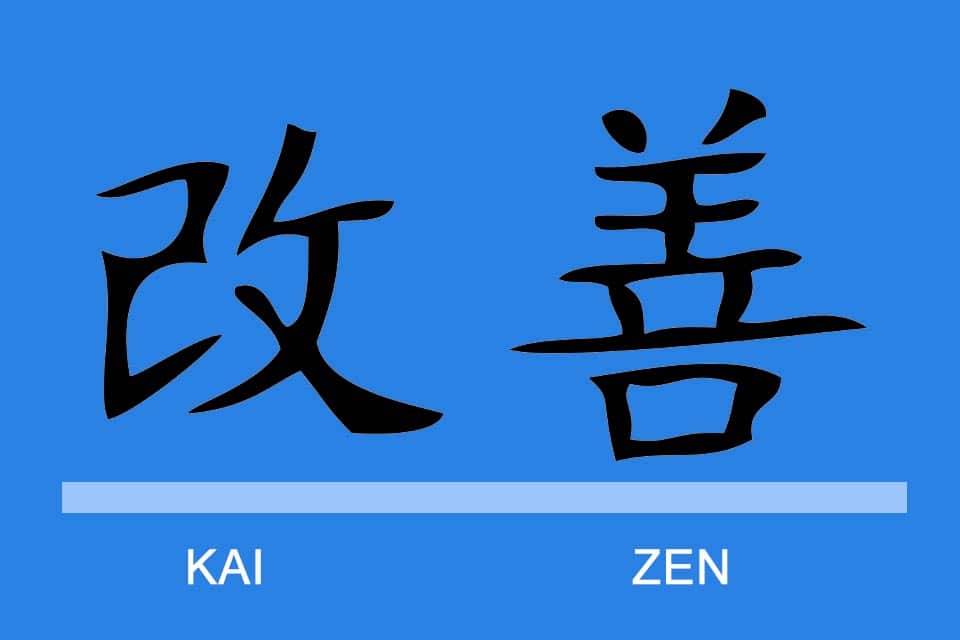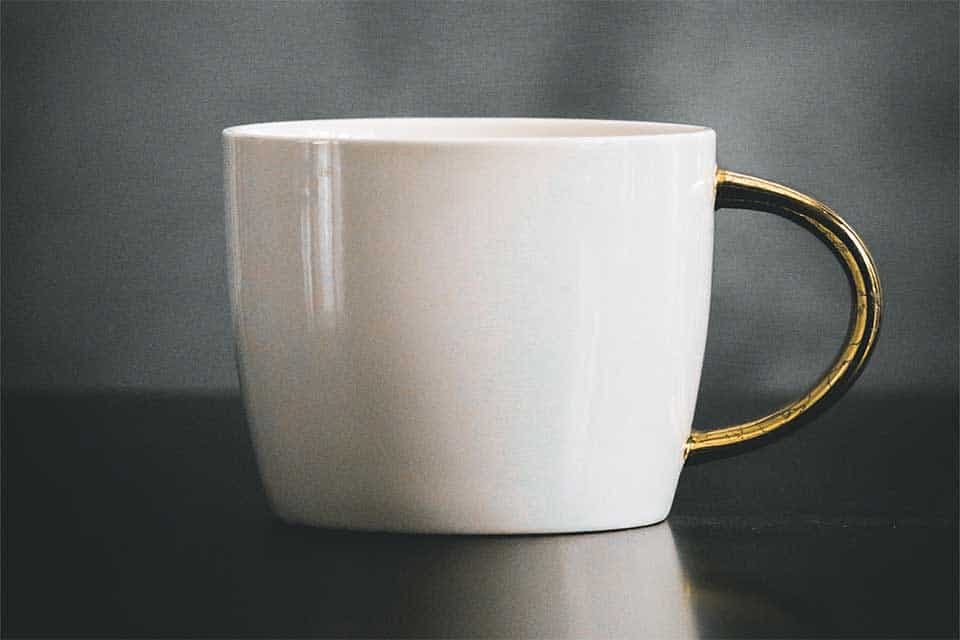What is Kaizen?
Kaizen – change for the better
In order for companies to compete, they continually try to become better. And Kaizen is one approach to address this continuous improvement. Kaizen is a morphophonetic transliteration of the Japanese word for improvement:
- Kai = change
- Zen = for the better
Masaaki Imai, in his book “Kaizen: The Key to Japan’s Competitive Success”¹, first published in 1970, explained the philosophy by which numerous Japanese companies improved the production of their products to a degree that often put them ahead of international competition. Relatively quickly, the term “Toyota Kaizen” became widespread as the Japanese carmaker continued to optimise its production systems through continuous and consistent improvement (also known as CIP – Continuous Improvement Process), thus becoming a pioneer for an entire industry.
Today, Kaizen is much more than an attempt to optimise a production technique. Today it is an attitude, a working philosophy and a methodical concept that can be used not only in manufacturing, but also in the development and optimisation of products and services or in daily office work. Here, the insights are important that the sum of small changes over time have a big effect, and change is a good thing.
Goals of Kaizen
Kaizen has several objectives:
- Quality is to be guaranteed from the beginning.
- The aim is to avoid wasting resources.
- Weaknesses are to be recognised and eliminated independently.
- Work processes are to be standardised.
In order to achieve these goals, some prerequisites are essential:
- cooperative management style to promote close cooperation between all participants,
- mutual complementing of competences,
- mutual transfer of information or continuous communication at eye level,
- joint formulation of goals and, ideally, decision-making by consensus.
Interestingly, the above-mentioned goals and prerequisites have been common practice in numerous sectors and disciplines for a relatively long time. Example: software development. Good software developers try to develop Clean Code right from the start. Clean Code means code that is easy to understand, change, extend and maintain. It is the result of software development values, principles and practices. The development of Clever Code, on the other hand, contradicts a standardisation of principles and practices. Clever Code is a synonym for a superficially sophisticated way of developing software, which, however, is not recommended for professional software development. Software is often developed in Pair Programming, because better software can often be developed together. In addition, there are, for example, Code Katas, where the focus is not on solving a task but on learning new skills, or Coding Dojos.
Principles of Kaizen
Kaizen is based on a number of principles:
- Working as a team and thereby integrating all employees enables better results. Kaizen is therefore a task for all employees in an organisation and a task that never ends.²
- Processes are a useful means to deliver good results. However, it is not the process but the effect that is decisive.
- Measures to eliminate the causes of problems are essential. This also applies to the fundamental and continuous questioning of basic assumptions.
- Improvements are always possible and desired everywhere. To do this, it is important to look at the current situation. And work areas and situations are looked at on the spot, things are looked at live and analysed (also known as Gemba-Kaizen).
In short, it is about continuous change for the better.
Fundamentals of Kaizen
Kaizen is based on five central principles:
- Process orientation
- Customer orientation
- Quality orientation
- Criticism orientation
- Standardisation
Process orientation is focused on the customer and seeks to continuously increase customer satisfaction. At the same time, it promotes value creation, reduces errors and minimises waste.
Kaizen distinguishes between internal and external customers. The external customer is located outside the company (e.g. an end user), the internal customer is a colleague (e.g. employee B1 from department B who has to work with the input of employee A1 from department A). Consequently, activities that by definition do not fulfil a pure end in themselves but produce a result are always considered as customer-supplier service.
Quality orientation is about monitoring and actually improving quality. Often demanding quality indicators are described and defined for this purpose.
Criticism is an opportunity for improvement and thus something good and very welcome. It is constantly demanded, examined, evaluated and, if necessary, put into practice. This creates a continuous cycle of planning, activity, control and improvement (also known as the PDCA cycle: Plan, Do, Check, Act).
If an implemented improvement meets expectations, it is defined as a standard and permanently integrated into the organisation’s process. The keyword is: SDCA cycle (Standardise, Do, Check, Act). Only when standardisation is fully established are further improvements sought.
Kaizen in Practice
Here you will find some English and German articles dealing with continuous change for the better in practice:
- Die 10 Prinzipien der Kaizen-Philosophie – article by Thomas Michl at Agile Verwaltung.
- Positive Fehlerkultur: Es ist ein Fehler, keine Fehler zu machen! – article at Büro-Kaizen.
- Gefangen in der Methodenfalle – article by at Leanbase.
- How to Solve Hard Problems with Kaizen Events – article by at Gemba Academy.
- Making the Problem go Away is NOT Improvement – Beitrag von Christoph Roser bei All About Lean.
We would be happy to add more exciting contributions to the list.
Impulse to discuss
There are companies that financially reward creative employees and their ideas for improvement. Is this compatible with the Kaizen principles or is it a contradiction?
Notes:
[1] Kaizen: The Key to Japan’s Competitive Success
[2] “When I am asked what differentiates Toyota from other companies, the answer is that everyone understands there is no end to Kaizen”, as former Toyota CEO Fujio Cho once put it. And Akio Toyoda, the current Toyota CEO, added: “Kaizen is a never-ending process”. In a way, these central statements also contradict the various Kaizen events, which in themselves must of course always have an end.
Here you can find a video about the Definition of Kaizen.
There are various methods and tools to support change for the better, including the Ishikawa diagram, the 7W checklist, the 7 Muda or Total Productive Maintenance.
KAIZEN™ is a registered trademark of Kaizen Institute Ltd.
If you like the article or would like to discuss it, please feel free to share it in your network. And if you have any comments, please do not hesitate to send us a message.
Here you will find additional information from our Smartpedia section:



